Todays preschool plant activity is very simple and is especially aimed at younger children.
We wandered around the garden looking at all the plants and flowers discussing which were big and which were little and talking about the different colours. Then we talked about what the different parts of a plant are called.
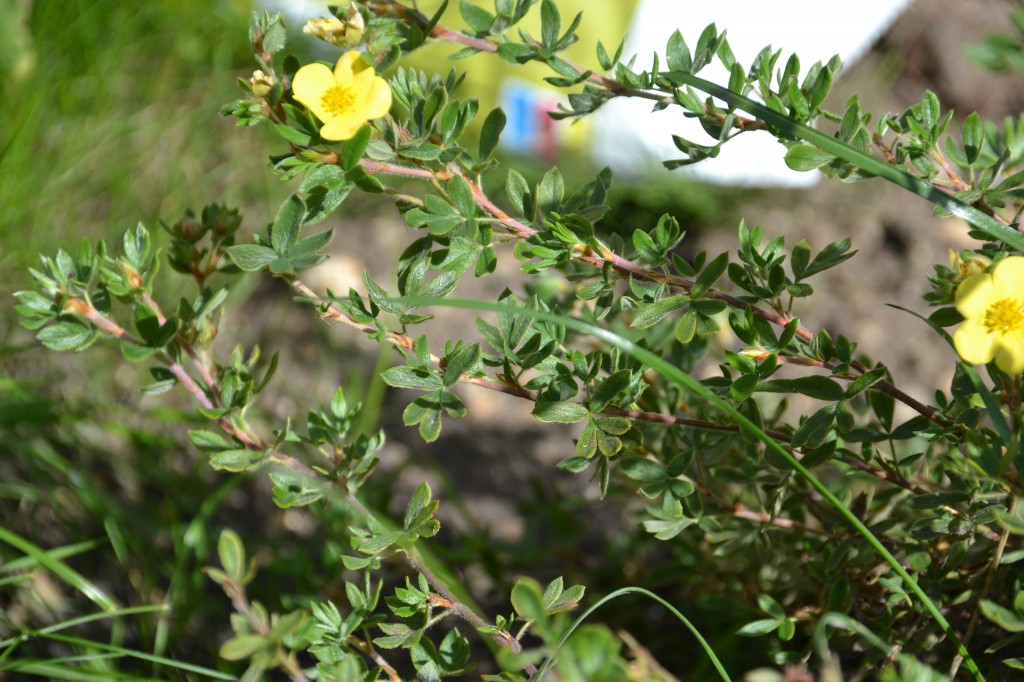
Once back inside I made some labels and asked the girls to stick the correct labels on this wooden toy plant.
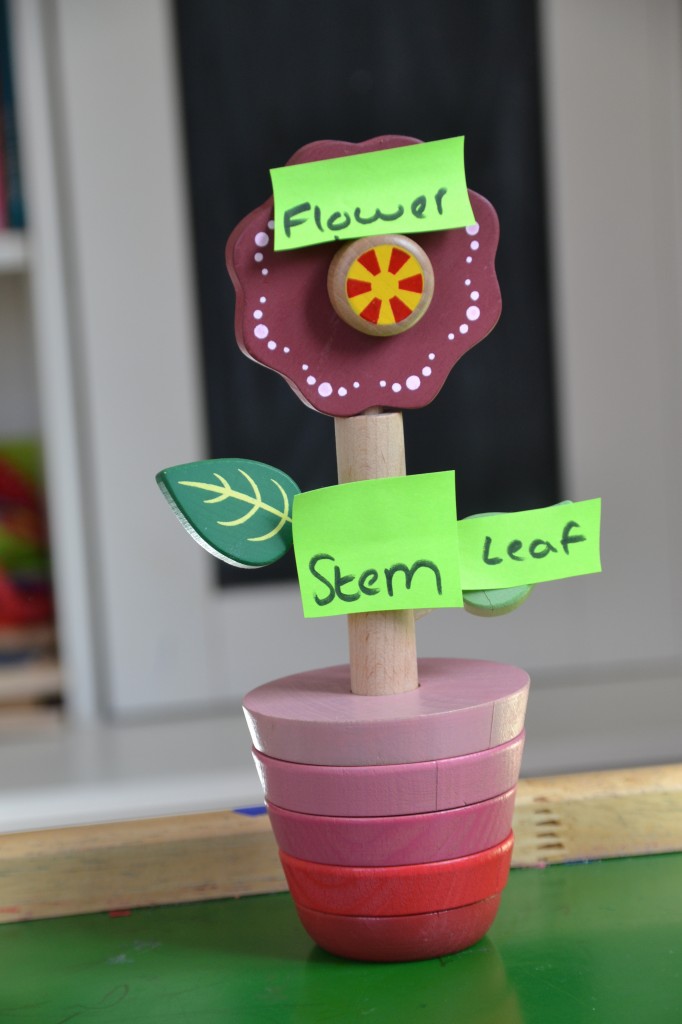
Flowers are usually brightly coloured. Do you know why this is?
Why are plants brightly coloured?
Plants are brightly coloured to attract insects, which spread pollen from the flower and fertilise other flowers allowing them to make seeds.
What are leaves flat?
Leaves are flat because the leaves use sunshine to make food to grow. This process is called photosynthesis.
What happens in the stem of a plant?
The stem is like a big pipe, which takes water and nutrients to all parts of the plant. Do you remember our transpiration experiment?
We also talked about roots and how they are used by the plant to suck up nutrients and water from the soil.
Last Updated on May 9, 2023 by Emma Vanstone
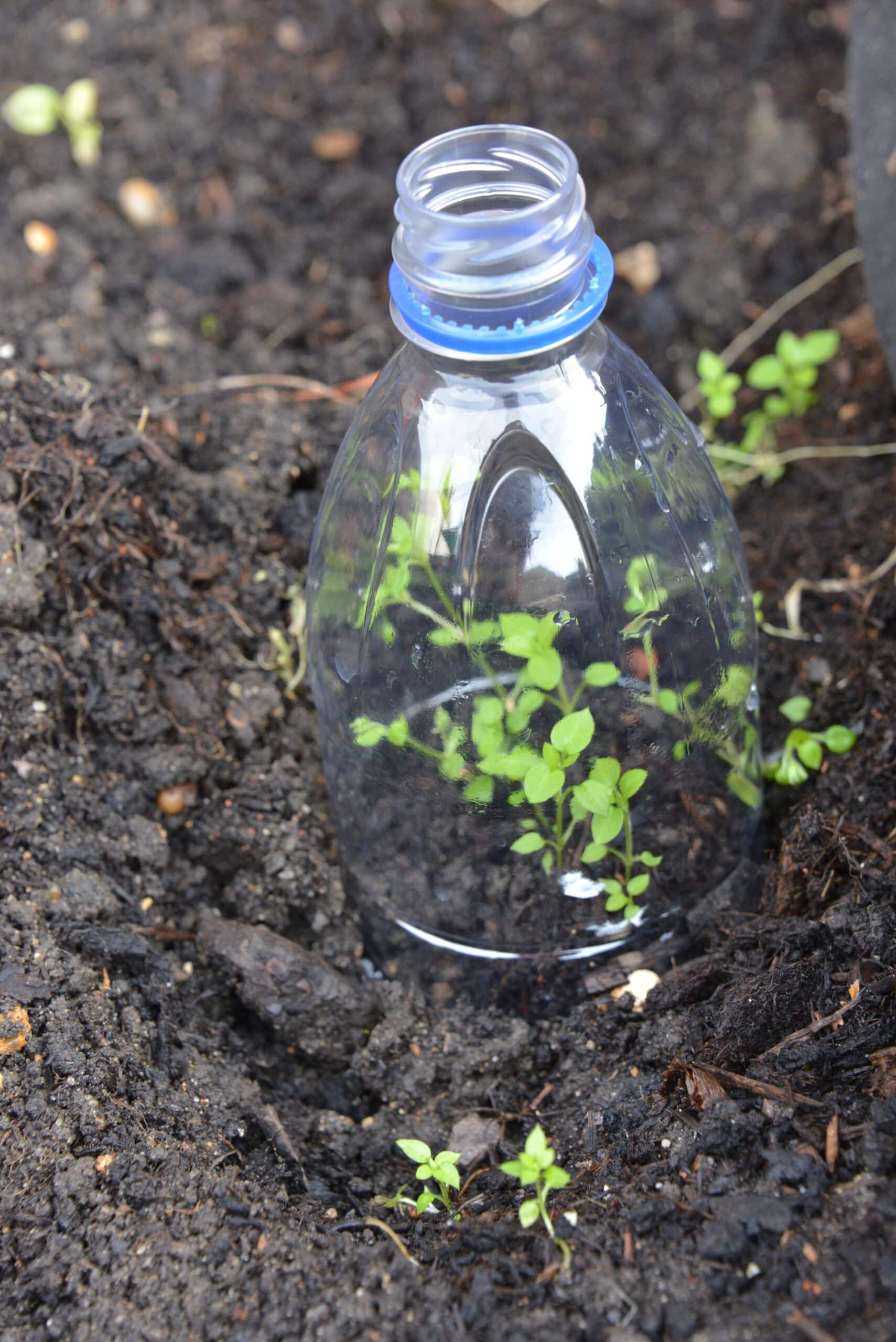
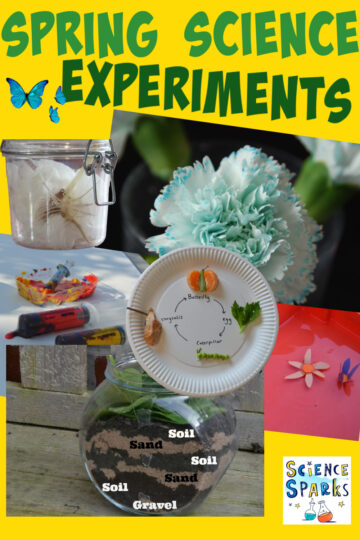
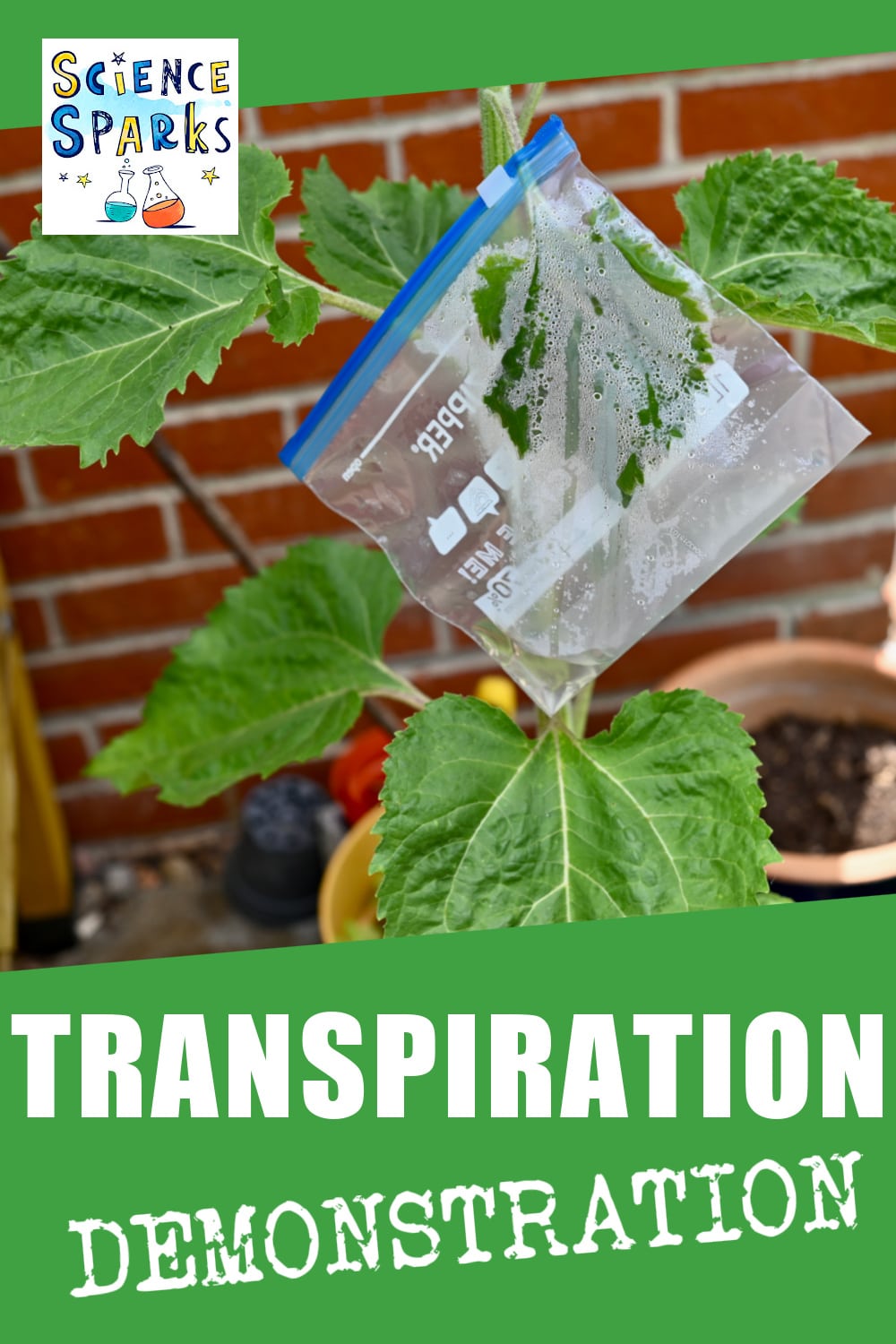
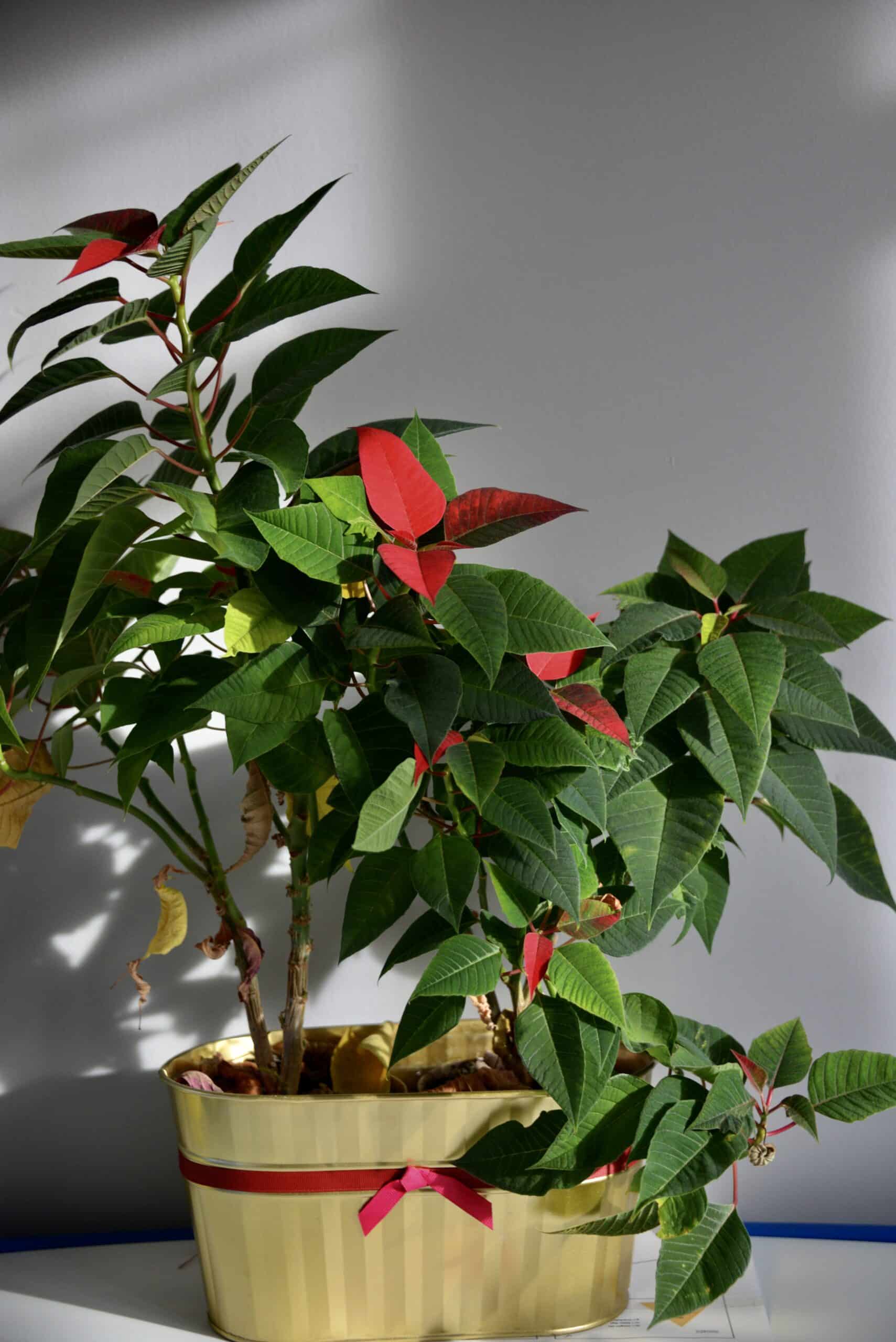

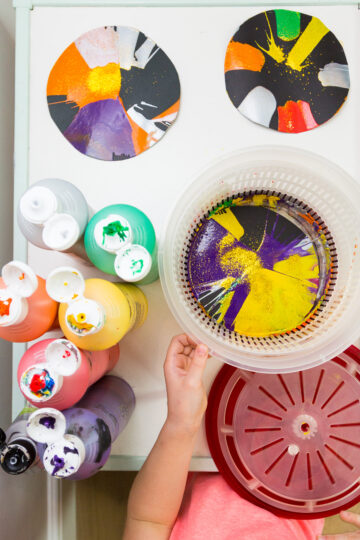
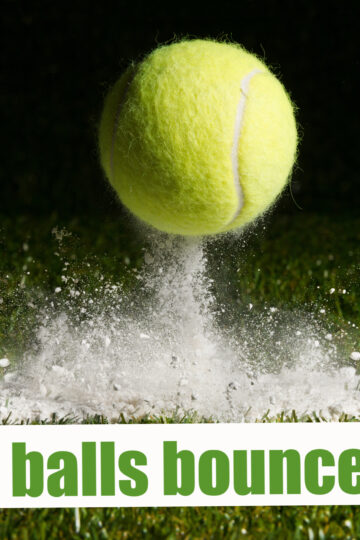
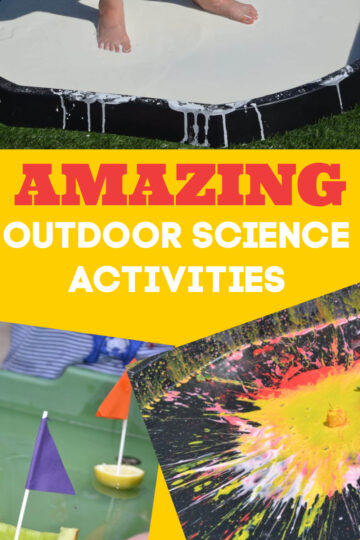
maggy, red ted art says
Awe this is so cute!! Love biology 🙂
The fairy and the frog says
Love your wooden plant, where did you get it from?
Bethany @ No Twiddle Twaddle says
You do such a great job of explaining science so clearly. I love the wooden flower!